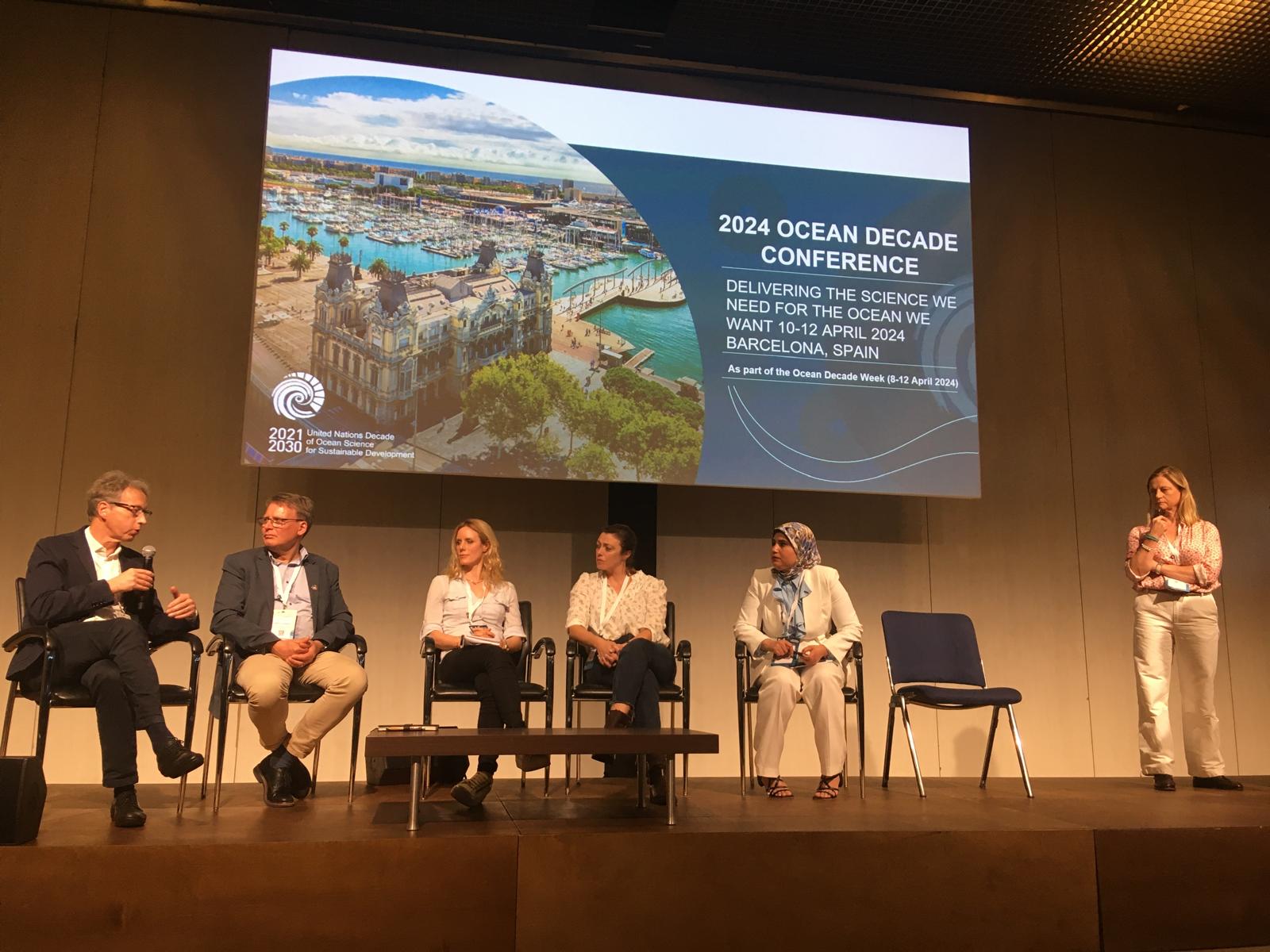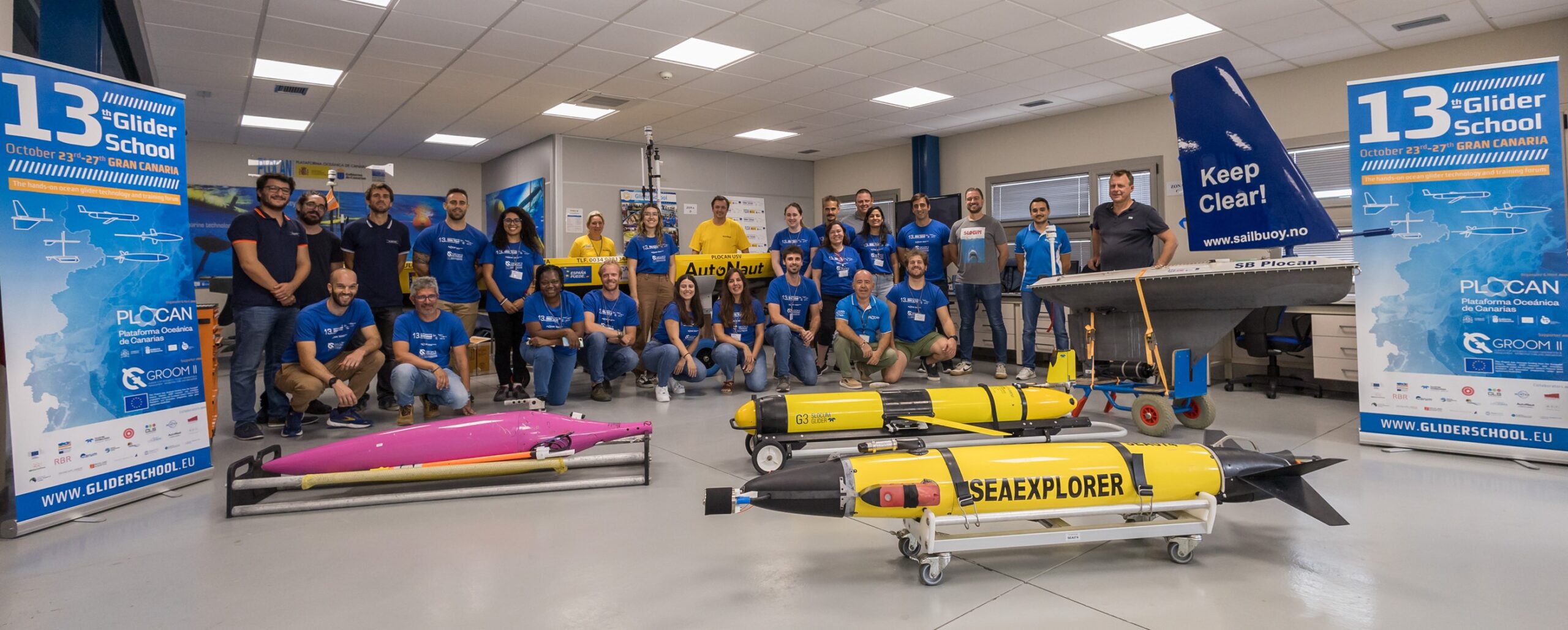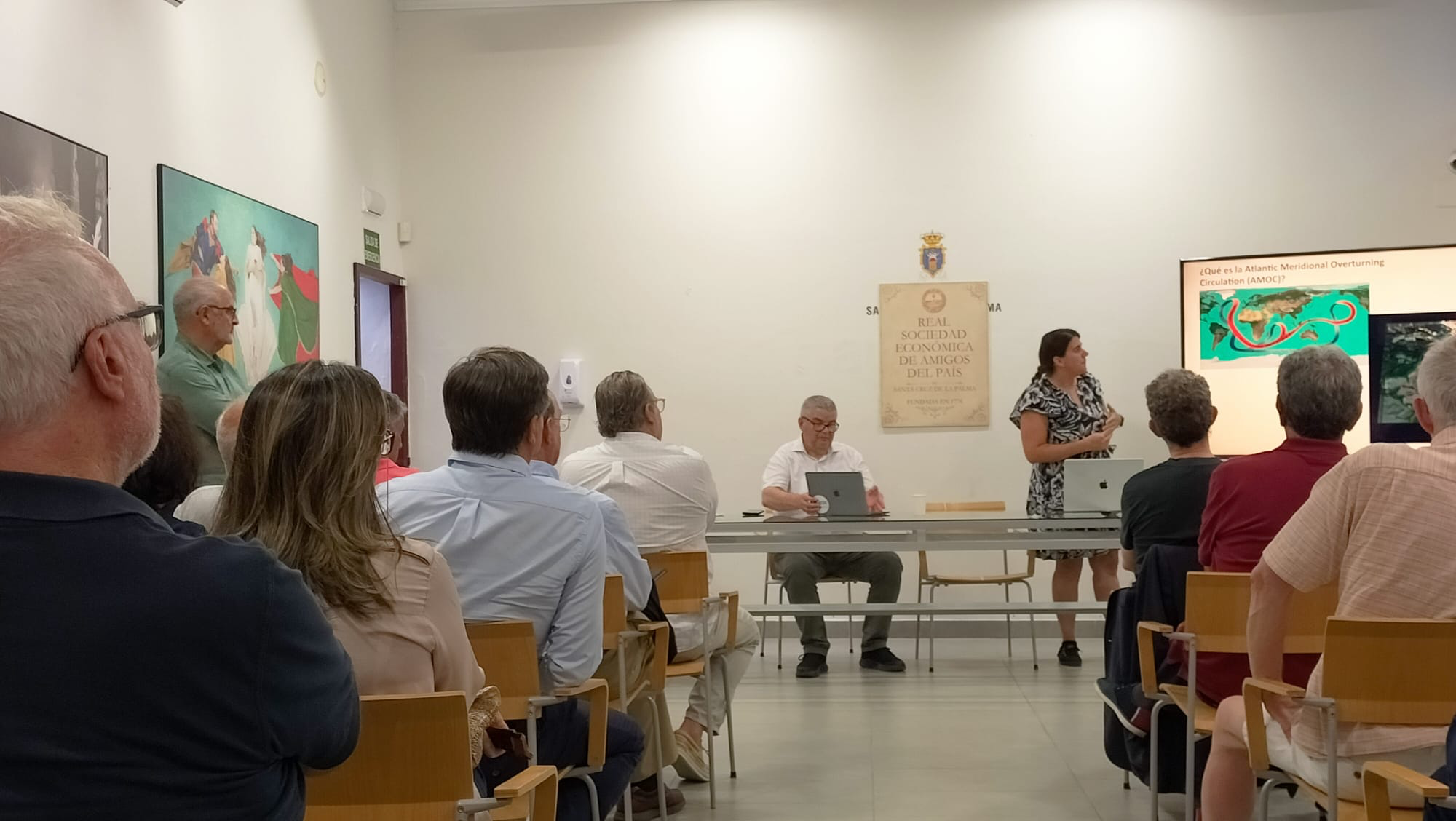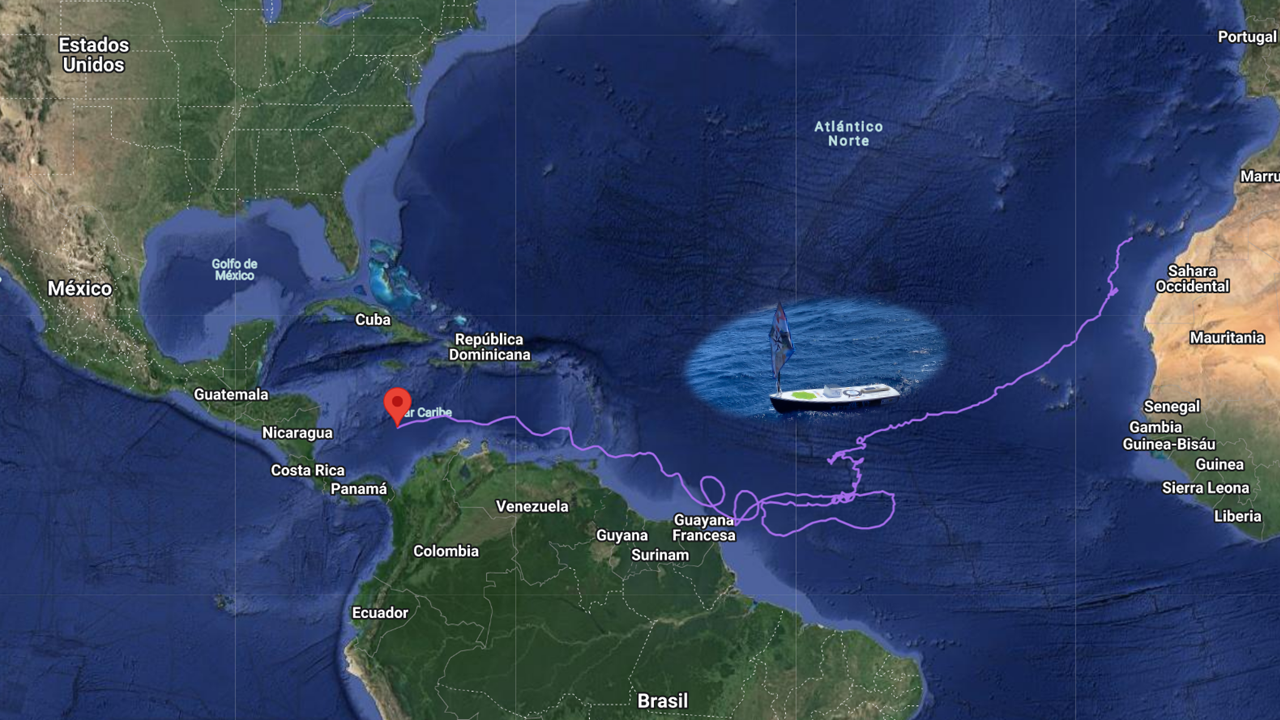Fred Olsen Renewables and the Oceanic Platform of the Canary Islands (PLOCAN) will test offshore floating solar power in Canarian waters within the framework of the EU BOOST (Bringing Offshore Ocean Sun to the global market) project.
The Oceanic Platform of the Canary Islands (PLOCAN) participates in the EU BOOST project (Bringing Offshore Ocean Sun to the global market), which will bring to the waters of Gran Canaria the testing of an innovative floating photovoltaic solar energy prototype.
The project, which is led by the Norwegian company Fred Olsen Renewables, has a budget of more than 4 million euros and will last for 30 months. Ocean Sun (Norway), Innosea (France), the Technological Institute of the Canary Islands (ITC) and PLOCAN are also members of the consortium.
Solar photovoltaic (PV) has become the world’s fastest-growing energy technology, with an annual global market surpassing for the first time in 2018 the 100 Gigawatt (GW) level and cumulative capacity of 583.5 GW in 2019.
However, in order to produce large amounts of energy and to avoid increased energy transmission costs, solar power plants must be located close to the demand centres. Yet, it is a problem to require vast surfaces of land near densely populated areas where the power is consumed.
This is specially a problem in Europe, which by far has the smallest average size of a solar PV plant in the world. Floating PV (FPV) plants have opened up new opportunities for facing these land restrictions. Nevertheless, this market is currently concentrated in reservoirs and lakes.
Offshore and near-shore FPV systems are still in a nascent stage due to additional challenges faced by non-sheltered sea conditions: waves and winds are stronger, implying that mooring, anchoring and dynamic load capacity becomes even more critical due to the increased frequency of high wave- and wind-loads.
The BOOST will address these challenges with a new FPV system partly inspired by the floating and mooring technology that has been used over 20 years in rough Norwegian waters by the fish farming industry, combined with a disruptive and patented floating hydro-elastic membrane (<1mm thickness).
The hydro-elastic membrane is attached to an outer perimeter of buoyant tubing so that the floater is not dragged under by the mooring, even in strong currents, winds and waves, similar to the effect of oil on troubled water.
The validation of this technology in non-sheltered sea waters lead consortium expects to reach an installed capacity of 1,750 MW for the 5 years (6.2% of the SAM), contributing to avoid CO2 emission of 4,120 kt (but each PV plant will last for at least 25 years, so the long-term impact is 5 times larger).
 This project has received funding from the European Union’s Horizon 2020 research and innovation programme under grant agreement Nº 965671.
This project has received funding from the European Union’s Horizon 2020 research and innovation programme under grant agreement Nº 965671.



